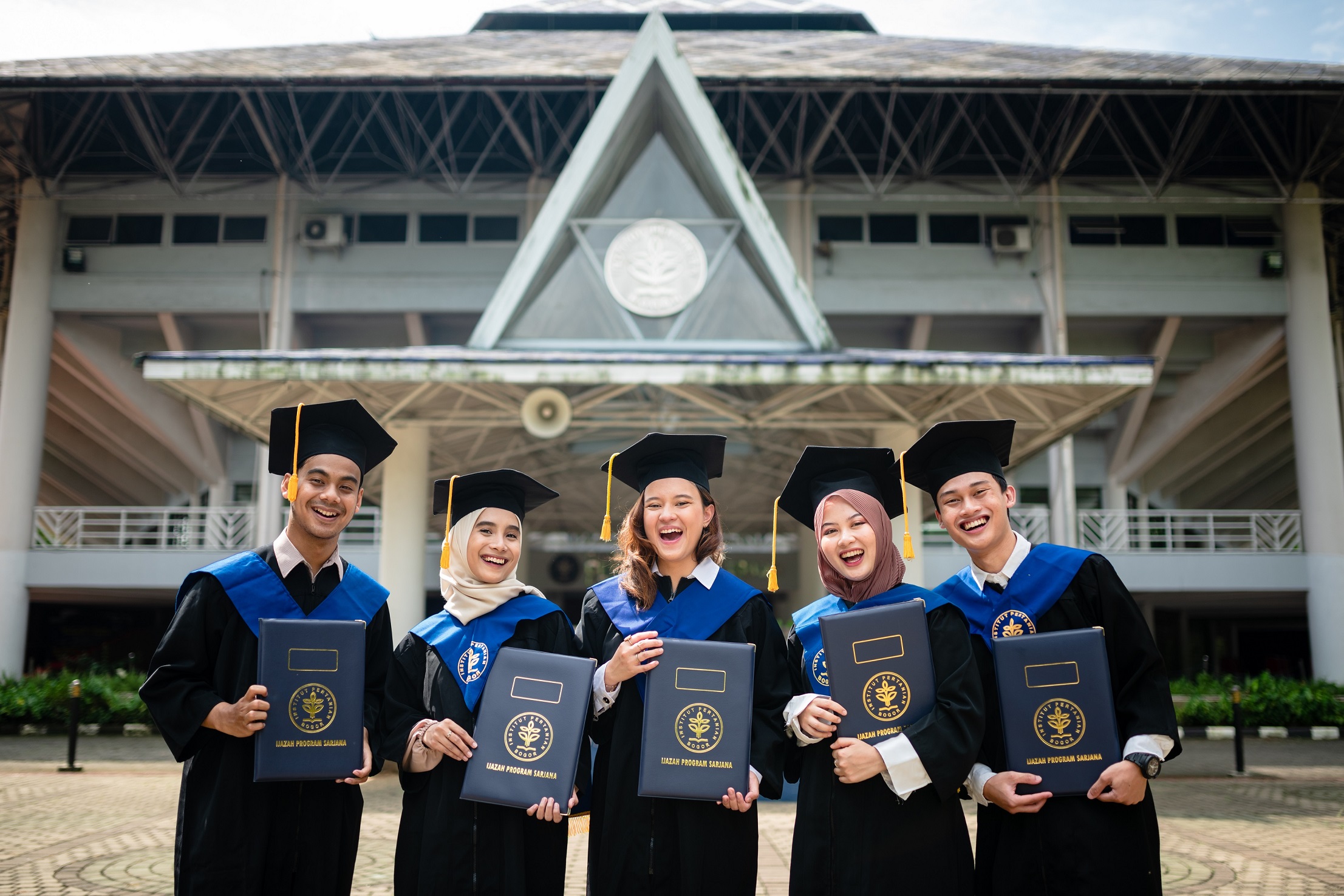The Relevance of Public Squares in the Modern Era: Insights from an IPB University Expert

Public squares, as open public spaces that have been integral to urban planning since the era of kingdoms in Indonesia, are now facing challenges in maintaining their characteristics and functions amidst modernization.
Dr Akhmad Arifin Hadi, the Chairman of the Landscape Architecture Department at IPB University, expressed his concerns regarding the changing functions of public squares in various cities across Indonesia.
In a discussion on the IPB TV YouTube channel, Dr Akhmad explained that public squares possess a unique character as city centers surrounded by important buildings such as pavilions, government offices, places of worship, markets, and schools.
“Public squares cannot be equated with other open spaces or merely treated as ordinary fields,” he stated.
According to Dr Akhmad, many cities today are altering the concept of public squares without considering their historical and cultural values.
Some are replacing natural grass with artificial materials or restricting public access under the guise of preservation. He believes this can undermine the essence of public squares as communal spaces.
“Public squares serve as gathering places for people from various backgrounds. Since the era of kingdoms, these spaces have been the center of social, governmental, and cultural activities, such as carnivals and folk performances,” he noted.
For him, in the digital age, where information can be accessed virtually, the role of public squares remains relevant. Urban sports, such as jogging and aerobics, have gained popularity post-pandemic, making public squares essential for sports and social interaction that communities still greatly need.
“Even though we can communicate via the internet, people still require physical spaces to gather and engage in activities. Public squares symbolize the identity of a city and continue to be a vital part of community life,” Dr Akhmad emphasized.
He emphasized the importance of preserving the concept of public squares in line with their original character. If a city wishes to create new open spaces, it should not label them as public squares if they do not align with the traditional concept.
“The culture and history associated with public squares must be preserved. If modern parks are to be built, they should be in different locations, without erasing the original identity of public squares,” he asserted.
In closing, Dr Akhmad hopes that awareness of the importance of the square continues to increase among the community and government so that this public space remains an integral part of the city’s development without losing its cultural value. (dr) (IAAS/RIN)



